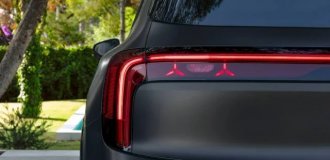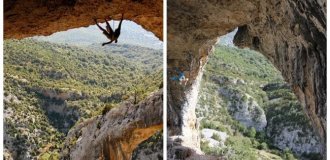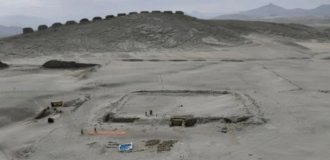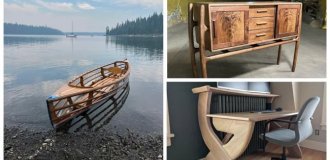Why there is not a single bridge across the Amazon (4 photos)
The Amazon is the deepest river in the world. Many of the most exotic fish are found here. There are about 60 species of piranhas alone! Freshwater dolphins swim in the Amazon. And yet, this river does not have everything that is typical of other rivers. After all, there is still not a single bridge on the Amazon. 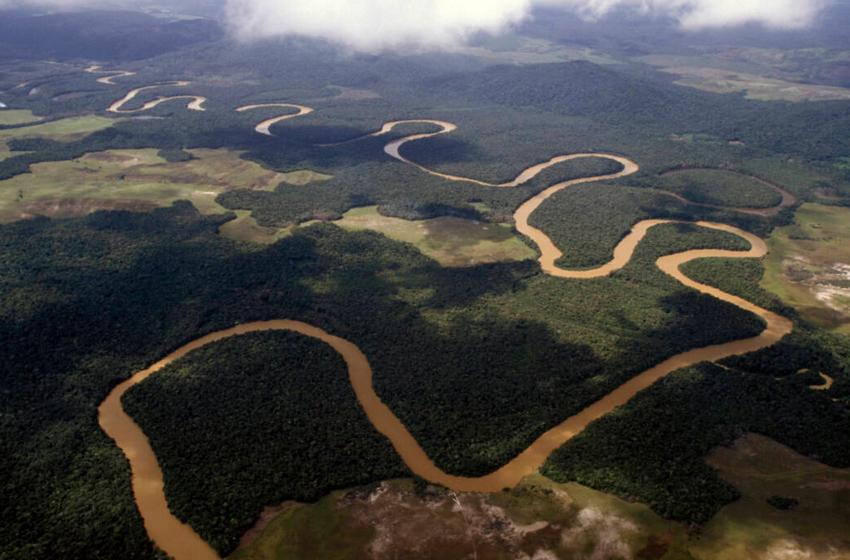
Considering that the Amazon flows through three countries - Peru, Colombia and Brazil, and more than 30 million people live in the river basin, it seems incredible that not a single bridge spans the river. Why is this happening? 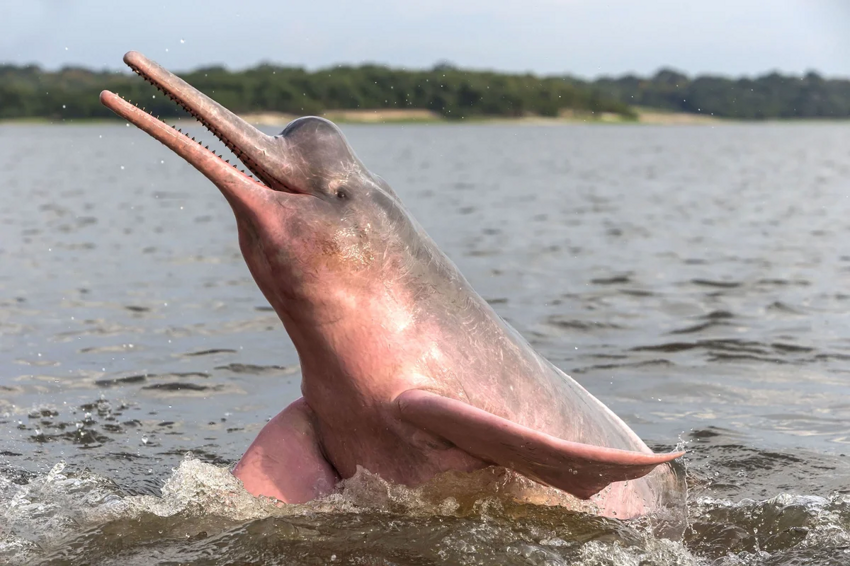
There are river dolphins in the Amazon
Compared to other famous rivers, the Amazon's lack of bridges is unique. There are nine bridges across the Nile in Cairo alone. There are now 52 bridges across the Volga (there used to be even more, but some have been destroyed).
More than 100 bridges have been built on the Yangtze, Asia's main river, in the last 30 years alone. There are 133 bridges across the European Danube.
Social reason
The reason for the lack of bridges across the Amazon is simple. There is no need for them, says Walter Kaufmann from the Swiss Institute of Technology in Zurich.
The Amazon mainly runs through sparsely populated areas, meaning there are very few major roads that a bridge could connect to.
The same cities and towns that are adjacent to the river and need communication with each other have been using ferries for many years. 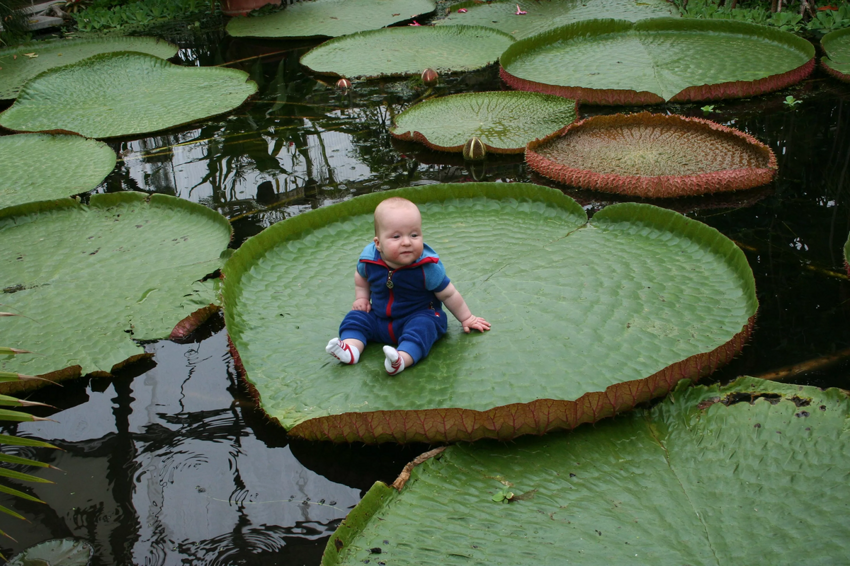
-Why do I need a bridge when there is a natural ferry?
You can also transport people and goods from shore to shore using boats.
Technological reason
However, it is not only a lack of necessity; there are also a number of technical and logistical difficulties during construction.
According to Kaufman, the Amazon is far from an ideal place for bridge builders, as the river has a number of natural obstacles that engineers and builders will have to overcome.
For example, extensive swamps and soft soils near a river will require very long access viaducts and deep foundations. This means they will entail large financial expenses. 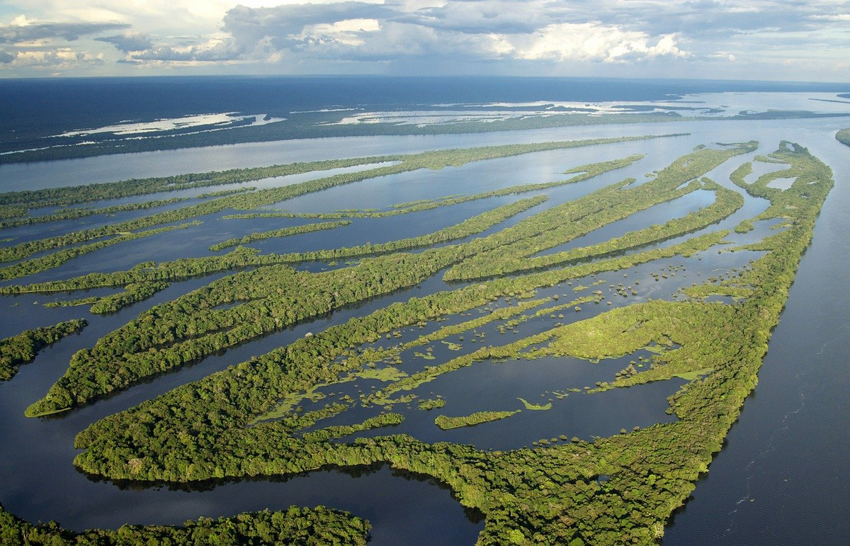
The width of the Amazon can reach 48 km
The situation is complicated by the fact that the water level in the river regularly fluctuates, and very strongly. And the river banks erode and shift depending on the season.
Pontoons, or floating structures, won't work in most areas of the Amazon because the river is so affected by seasonal fluctuations.
For example, in the dry season, the width of the Amazon varies on average from 3 to 10 km, and in the wet season it can reach 48 km! In this case, the water level can be 15 meters higher than in the dry season.
In 2019, Jair Bolsonaro, the President of Brazil, promised to build a bridge across the Amazon as part of his “Rio Branco Project”, but so far there has been no progress on this issue. The construction of the bridge in this case is only a political statement that is not economically justified.
According to Kaufman, the likelihood of building a bridge across the Amazon will increase only if the need for construction outweighs the difficulties and costs. “I doubt this will happen anytime soon unless there are unforeseen economic events in the region,” he added.
